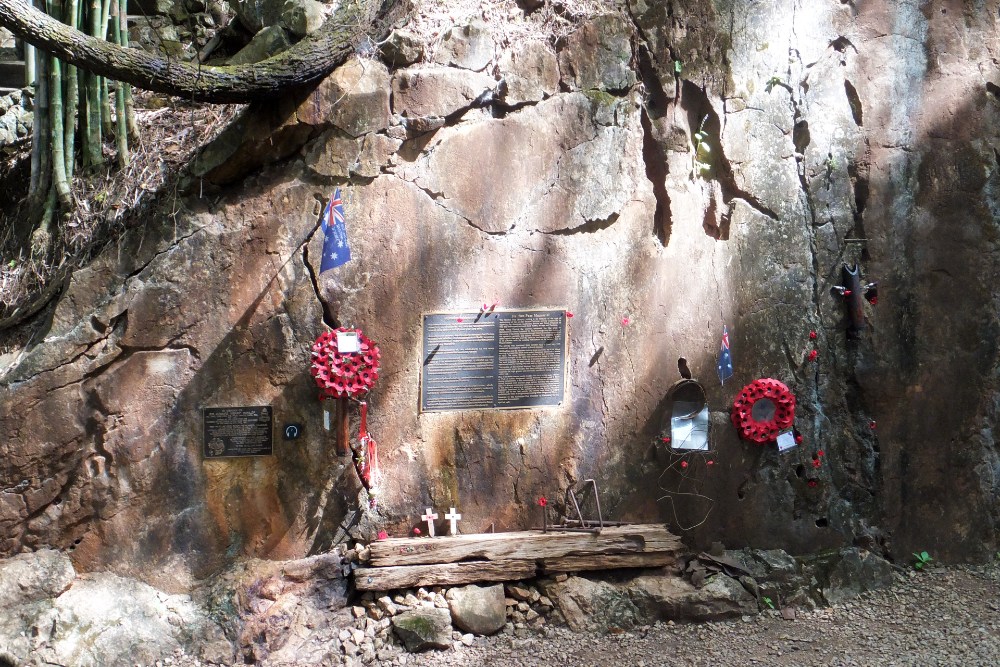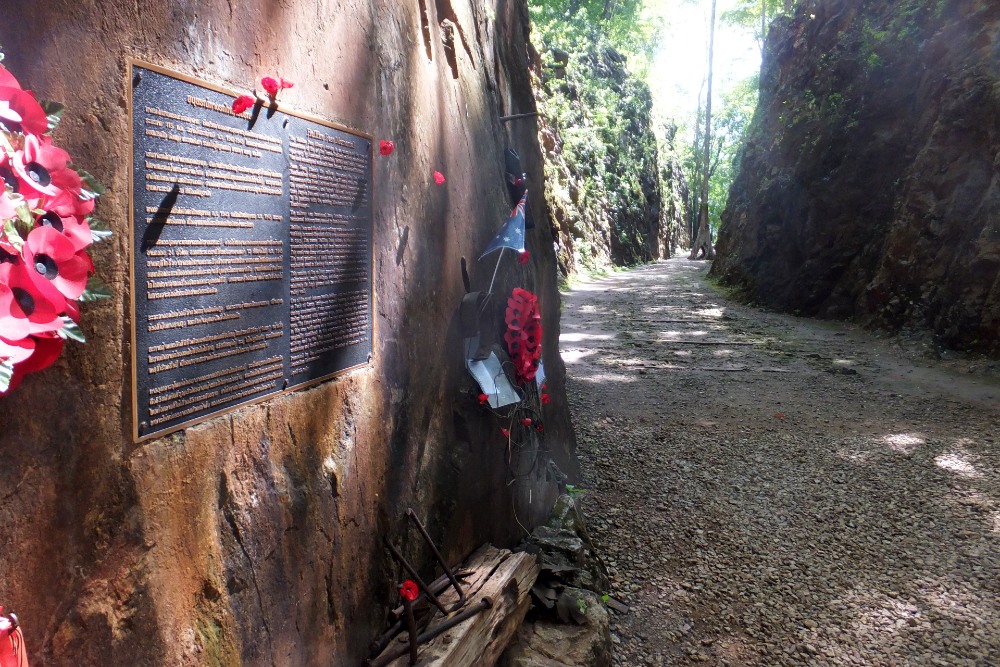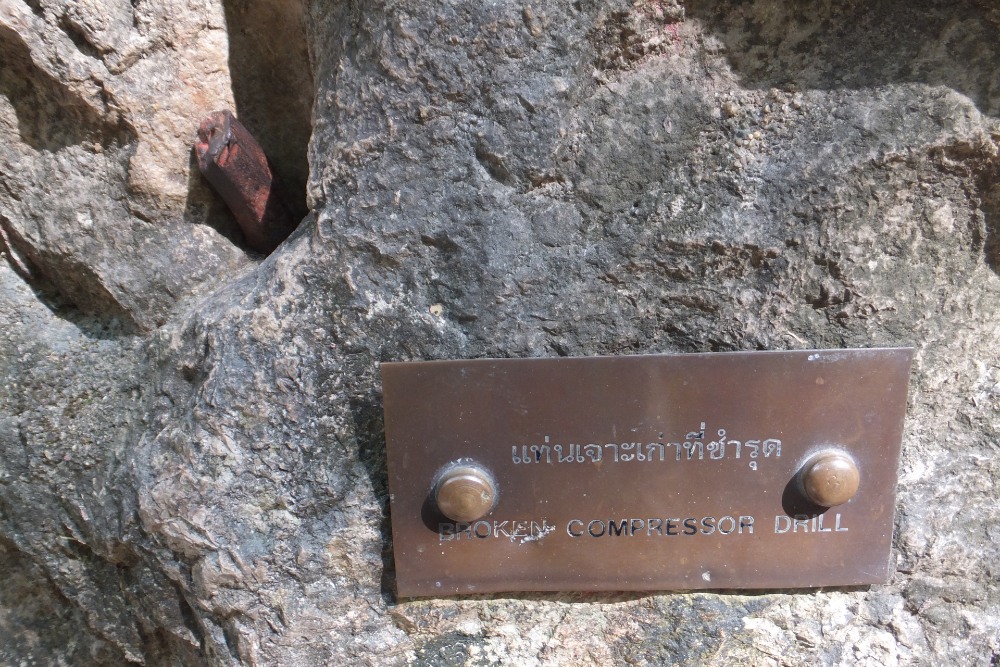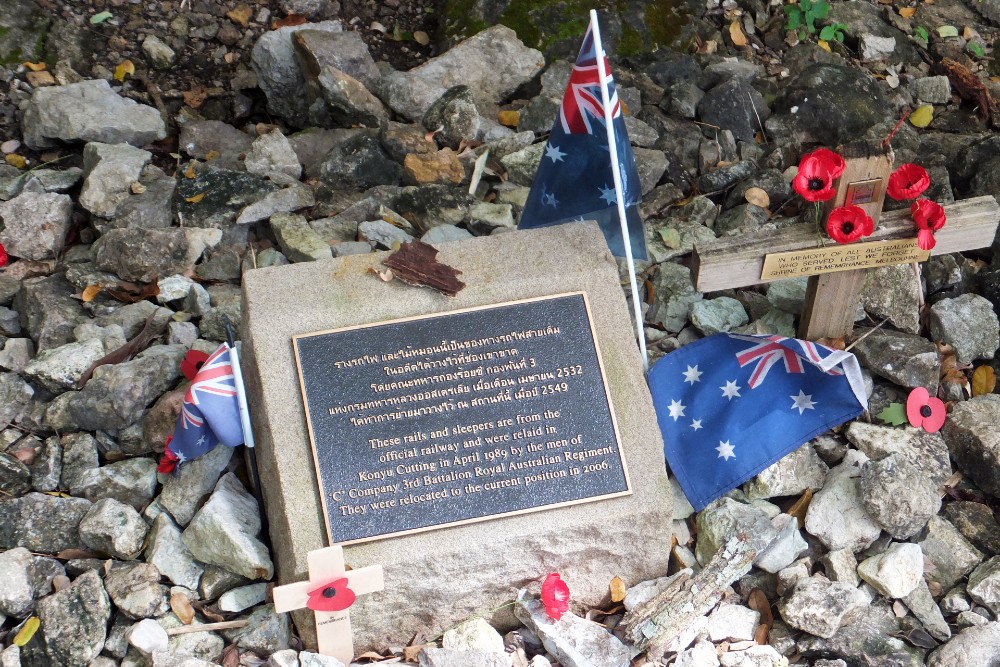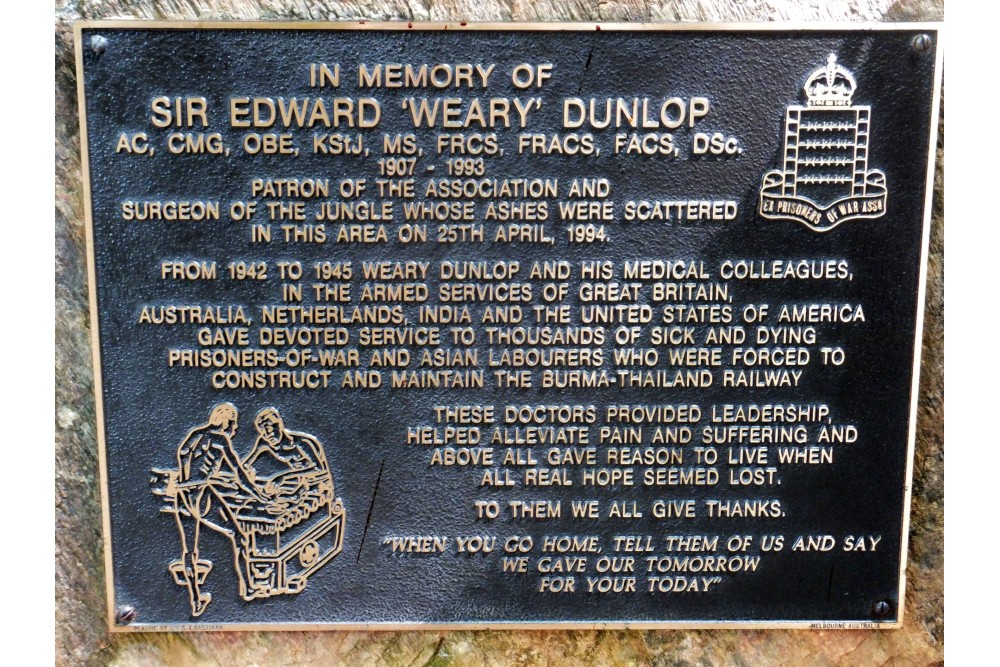Hellfire Pass
Hellfire Pass is a part of the Burma Railway. The prisoners-of-war and Asian forced labourers had to construct a cut though the ridge, with only hand-tools.
Introduction:
The Japanese and British clashed in what was then (British) Burma during World War II, aiming to reach India. To better supply the troops, the Japanese decided to build a train link through the mountainous and jungle region between Thailand and present-day Myanmar that would come to be known as the "death railway" because of the large number of forced labourers who died. These were drawn from both the Asian population and tens of thousands of POWs including British, Australian and Dutch.
The Death Pass
Probably the most famous stretch of the Death Railway besides the part that lies over the Bridge of the River Kwai is the 110-metre-long passage that came to be called the Hell Fire Pass. To build a railway line in this mountainous part of Thailand, it was necessary to blow up granite rock and carve out other parts. The workers were assisted by petroleum lamps that in the deep groove together with the brutal Japanese guards gave the image of the hell or purgatory of hell.
Besides the harsh working conditions, the climate also encouraged disease. Insects, heat but also the rainy season had a crippling effect on the forced labourers. As the Japanese were in a hurry, the so-called "speedo" was introduced; the workload was increased to around 17 hours and for 12 weeks. This brutal treatment, lack of medical equipment and poor hygiene would claim the lives of tens of thousands of civilian workers and some 15,000 Allied POWs.
Memorial:
A large stretch of jungle that had largely taken over the stretch of rails for the past 50 years has been uncovered to make a footpath. The entire trail is about 4 kilometres long and covers the original route of the railway to, among others, the map bridge (the bridge had already collapsed a few times) and "Hinton" station. Finally, you can walk through the Helffire pass trench and here are the memorials. These are dedicated to the Allied POWs and Asian workers who died during the construction of the Burma railway line at the Pass.
Do you have more information about this location? Inform us!
Source
- Text: Cheapskatetravel.nl
- Photos: Cheapskatetravel.nl
